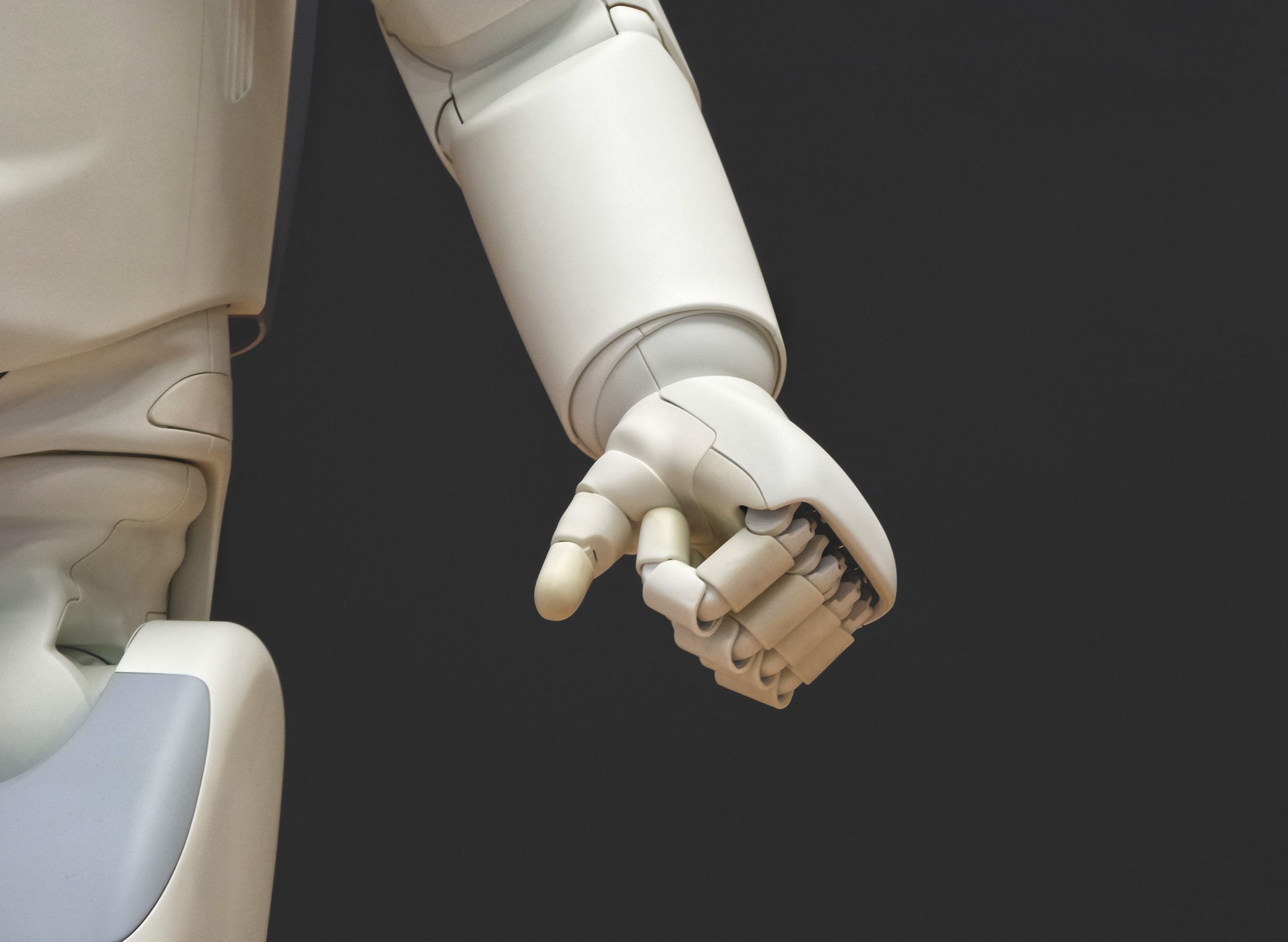
As the world becomes more tech-savvy and more people want to work at home, the rise of AI technology in the workforce is inevitable. AI, also known as Artificial Intelligence, simulates human intelligence processes by machines, especially computer systems.
Since the beginning of the COVID-19 pandemic, employers have faced a labor shortage that is affecting how companies are supposed to run. These employers have had to make many adjustments to employment and use AI more liberally. Here are three industries that have implemented Artificial Intelligence in their normal operations.
- Restaurants:
Before the COVID-19 pandemic or even the labor shortage, many restaurant chains have implemented AI technology to make things run smoother and cut labor costs. For instance, the popular chain McDonald’s has slowly started to implement Kiosks.
At these kiosks, customers can order and pay for the requested food. The QSR Magazine also reported that some popular burger chains, like BurgerFi, have implemented facial recognition to spot frequent visitors and remember their orders from previous visits.
The magazine also reports that customers can order and pay in less than 10 seconds. Many AI technologies have been implemented behind the scenes so that management and employees can work smoother.
Companies have deployed numerous technologies to keep track of inventory and purchasing. Computers have been able to integrate technology into the system that employees use to ring up items.
Computers track these items, and management can see what is purchased. This type of technology boosts efficiency and reduces loss.
- Warehouses:
When people imagine warehouses, they think of workers lifting heavy material and breaking a sweat. In this day in age, one can walk into a warehouse facility and see that AI technology does the heavy lifting.
The biggest online retailer, Amazon employs over 200,000 robots across its distribution centers. These robots can move and carry items across their facilities.
These technologies also increase productivity. AI robots can determine the shortest practice for a given task.
These computers reduce the time and distance they might need to ship between warehouses. Having technology programmed for one task can improve a companies’ accuracy. AI robots can understand their surroundings and can accurately place items and retrieve them when required.
AI technology in warehouse facilities also reduces the risk of injuries within the company. These robots can take over high-risk work, whereas humans can carry out low-risk work.
- Grocery Stores:
Going to the grocery store on any given day is hard. You have to walk through different aisles, dodging people as everyone is trying to get in and get out. However, many grocery stores have implemented AI technology to make the weekly grocery run smoother.
Many retailers have deployed AI chatbots to help customers. These chatbots help customers find the items they are looking for while reducing the time they spend in the store.
AI technology has also allowed grocery stores to deploy self-checkout kiosks. These stations enable the customer to scan and pay for each item they want to purchase.
The new technology allows the customers to check out and pay faster. It also improves the customer experience and saves companies money.
Having these kiosks also allows companies to cut back on employment and reduce theft. Many companies use AI to detect abnormal behavior among employees and customers.
Many computer vision technologies have been placed in stores to help reduce loss – designers program these cameras to detect an item in a pocket or somewhere on a person. According to itrex.com, this technology has stopped over 6,000 theft attempts at the popular UK-based supermarket, Sainsbury’s.
